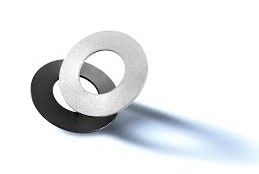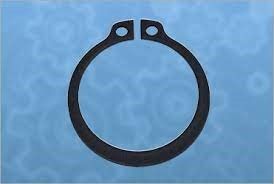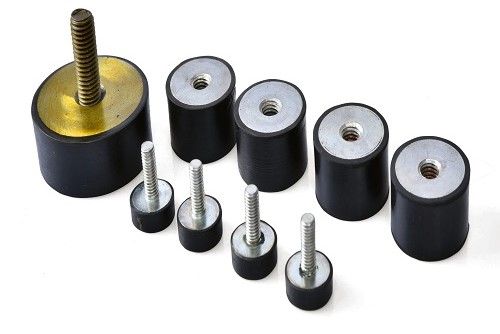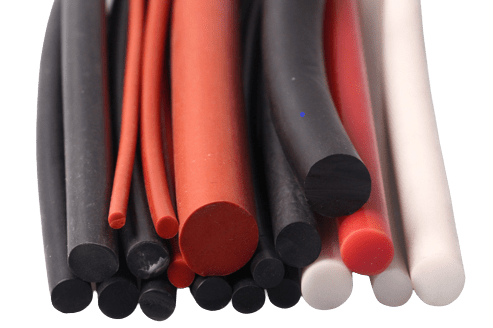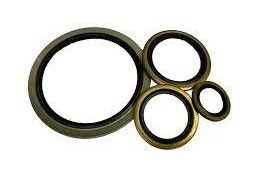Rubber extruded profiles are flexible and durable components widely used across industries for sealing, protecting, and enhancing the performance of various products and systems. These profiles are created through a specialized manufacturing process called rubber extrusion, which allows for the precise shaping of rubber materials into a variety of cross-sectional profiles. In this comprehensive blog, we will explore the world of rubber extruded profiles, their manufacturing process, key characteristics, and diverse applications in different sectors.
- The Rubber Extrusion Process: The rubber extrusion process involves forcing raw rubber compounds through a specially designed extrusion die. This die determines the final shape and dimensions of the extruded profile. The process begins with preparing a rubber compound, which typically consists of a base rubber material, fillers, curing agents, and other additives. The compound is then fed into an extruder, where it is heated and softened. The softened rubber is pushed through the die, which imparts the desired cross-sectional shape. After extrusion, the rubber profile is cooled, cured, and cut to the desired length.
- Characteristics of Rubber Extruded Profiles: 2.1. Flexibility: Rubber extruded profiles exhibit excellent flexibility, allowing them to conform to irregular surfaces and provide effective sealing and insulation in various applications. 2.2. Durability: Rubber profiles are known for their exceptional durability, with resistance to weathering, chemicals, abrasion, and UV radiation, ensuring long-lasting performance. 2.3. Temperature Resistance: Rubber extruded profiles can withstand a wide temperature range, making them suitable for applications in both extreme hot and cold environments. 2.4. Elasticity: The inherent elasticity of rubber allows extruded profiles to provide effective compression and recovery, ensuring proper sealing and pressure retention. 2.5. Sound and Vibration Damping: Rubber profiles offer excellent sound and vibration damping properties, making them ideal for applications where noise reduction and vibration isolation are required.
- Applications of Rubber Extruded Profiles: 3.1. Sealing Applications: Rubber extruded profiles are extensively used for sealing applications in various industries. They provide effective sealing against moisture, dust, air, and other environmental factors. Common applications include doors, windows, automotive weatherstrips, gaskets, and HVAC systems. 3.2. Edge Trims and Protective Seals: Rubber profiles are used as edge trims and protective seals in applications where sharp edges or rough surfaces need to be covered or protected. They are commonly found in furniture, appliances, machinery, and electronics. 3.3. Tubing and Hoses: Rubber extruded profiles are utilized in the manufacturing of tubing and hoses for transporting fluids and gases. These profiles provide flexibility, chemical resistance, and airtight connections, making them crucial components in industries such as automotive, healthcare, and food processing. 3.4. Conveyor Systems: Rubber profiles are employed in conveyor systems to provide grip, traction, and support. They are used in applications such as material handling, packaging, and manufacturing processes. 3.5. Automotive Applications: Rubber extruded profiles find extensive use in the automotive industry, including sealing profiles for doors, windows, and hoods, as well as grommets, boots, and weatherstrips for various components. 3.6. Construction and Infrastructure: Rubber profiles are utilized in construction and infrastructure projects for applications such as expansion joint seals, bridge bearings, and vibration isolation mounts. 3.7. Electrical Enclosures: Rubber profiles are employed in electrical enclosures to provide sealing against moisture, dust, and other contaminants. They help ensure the protection and longevity of electrical components.
Conclusion:
Rubber extruded profiles are versatile components that play a crucial role in numerous industries, offering a combination of flexibility, durability, temperature



